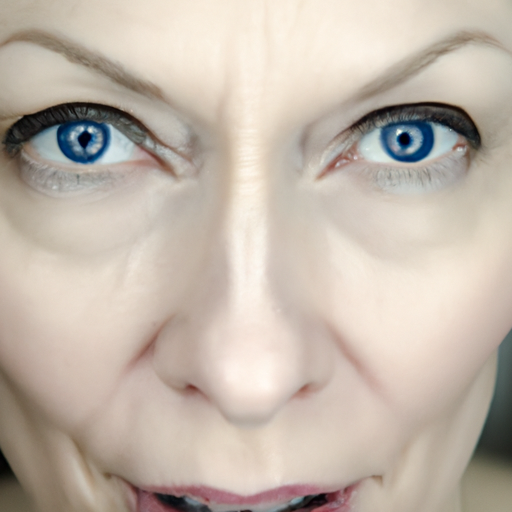Title: Unmasking Acne: A Comprehensive Examination of Symptoms and Causes
As a medical professional, I have encountered countless patients who struggle with acne. This common skin condition affects millions of people worldwide, causing not only physical discomfort but also emotional distress due to its impact on appearance. In this article, we will unmask acne, taking a deep dive into its symptoms and causes, to provide a better understanding of this prevalent skin issue.
Acne is a skin condition that occurs when hair follicles become clogged with oil and dead skin cells. It’s most commonly seen in teenagers, but it can affect people of all ages. Acne is not life-threatening, but it can be persistent. Depending on its severity, it can cause emotional distress and lead to scarring of the skin.
Symptoms of acne vary depending on the severity of the condition. They range from whiteheads, blackheads, small red tender bumps (papules), pimples (pustules), large solid painful lumps beneath the surface of the skin (nodules) to painful, pus-filled lumps beneath the surface of the skin (cystic lesions). These symptoms usually appear on the face, forehead, chest, upper back, and shoulders because these areas of skin have the most oil (sebaceous) glands.
Now, let’s delve into the causes of acne. The primary culprits are excess oil production, hair follicles clogged by oil and dead skin cells, bacteria, and excess activity of a type of hormone (androgens).
Excess oil production and dead skin cells create a perfect environment for acne. The oil and dead skin cells can clog the pores, resulting in whiteheads or blackheads. If bacteria invade these clogged pores, inflammation occurs, leading to red, swollen bumps known as pimples.
Hormonal changes can also trigger acne. Androgens are hormones that increase in boys and girls during puberty and cause the sebaceous glands to enlarge and make more sebum. Hormonal changes related to pregnancy and the use of oral contraceptives can also affect sebum production.
Certain medications, diet, and stress can also contribute to acne. Drugs containing corticosteroids, testosterone or lithium can worsen acne. Studies indicate that certain dietary factors, including skim milk and carbohydrate-rich foods — such as bread, bagels, and chips — may worsen acne. Stress doesn’t cause acne, but if you have acne already, stress may make it worse.
Understanding the symptoms and causes of acne is the first step towards effective treatment. If you’re struggling with acne, remember that you’re not alone, and effective treatments are available. Consult with a dermatologist who can provide you with a personalized treatment plan based on your specific needs and skin type.
In conclusion, unmasking acne involves understanding its symptoms and causes. This common skin condition is primarily caused by excess oil production, clogged hair follicles, bacteria, and hormonal changes. While acne can be distressing, knowing its causes can help in managing the condition effectively.
Remember to maintain a healthy lifestyle, including a balanced diet and regular exercise, to keep your skin healthy. And always consult with a healthcare professional if your acne is causing you distress or affecting your quality of life.
Keywords: Acne, Symptoms of Acne, Causes of Acne, Skin Condition, Excess Oil Production, Clogged Hair Follicles, Bacteria, Hormonal Changes, Treatment of Acne.



